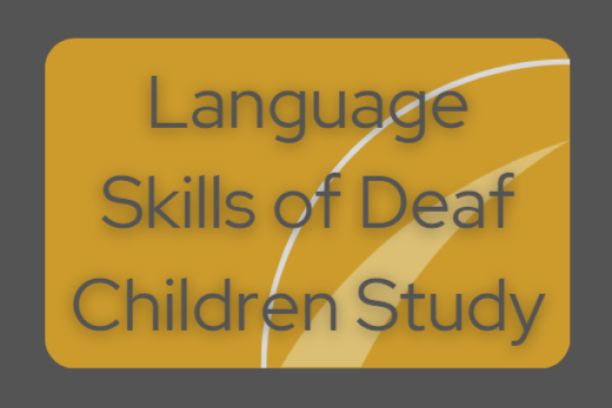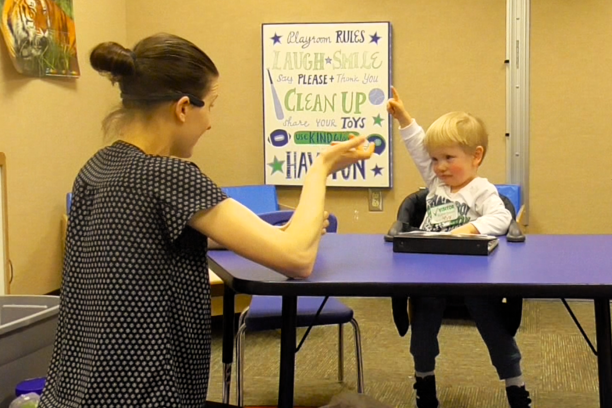-
McDaniel J., Yoder P.J., Woynaroski T., Watson L.R. Predicting receptive-expressive vocabulary discrepancies in preschool children with autism spectrum disorder Journal of Speech, Language, and Hearing Research. 2018 Jun;61(61). 1426-39.
Abstract
Purpose
Correlates of receptive–expressive vocabulary size discrepancies may provide insights into why language development in children with autism spectrum disorder (ASD) deviates from typical language development and ultimately improve intervention outcomes.
Method
We indexed receptive–expressive vocabulary size discrepancies of 65 initially preverbal children with ASD (20–48 months) to a comparison sample from the MacArthur–Bates Communicative Development Inventories Wordbank (Frank, Braginsky, Yurovsky, & Marchman, 2017) to quantify typicality. We then tested whether attention toward a speaker and oral motor performance predict typicality of the discrepancy 8 months later.
Results
Attention toward a speaker correlated positively with receptive–expressive vocabulary size discrepancy typicality. Imitative and nonimitative oral motor performance were not significant predictors of vocabulary size discrepancy typicality. Secondary analyses indicated that midpoint receptive vocabulary size mediated the association between initial attention toward a speaker and end point receptive–expressive vocabulary size discrepancy typicality.
Conclusions
Findings support the hypothesis that variation in attention toward a speaker might partially explain receptive–expressive vocabulary size discrepancy magnitude in children with ASD. Results are consistent with an input-processing deficit explanation of language impairment in this clinical population. Future studies should test whether attention toward a speaker is malleable and causally related to receptive–expressive discrepancies in children with ASD.





